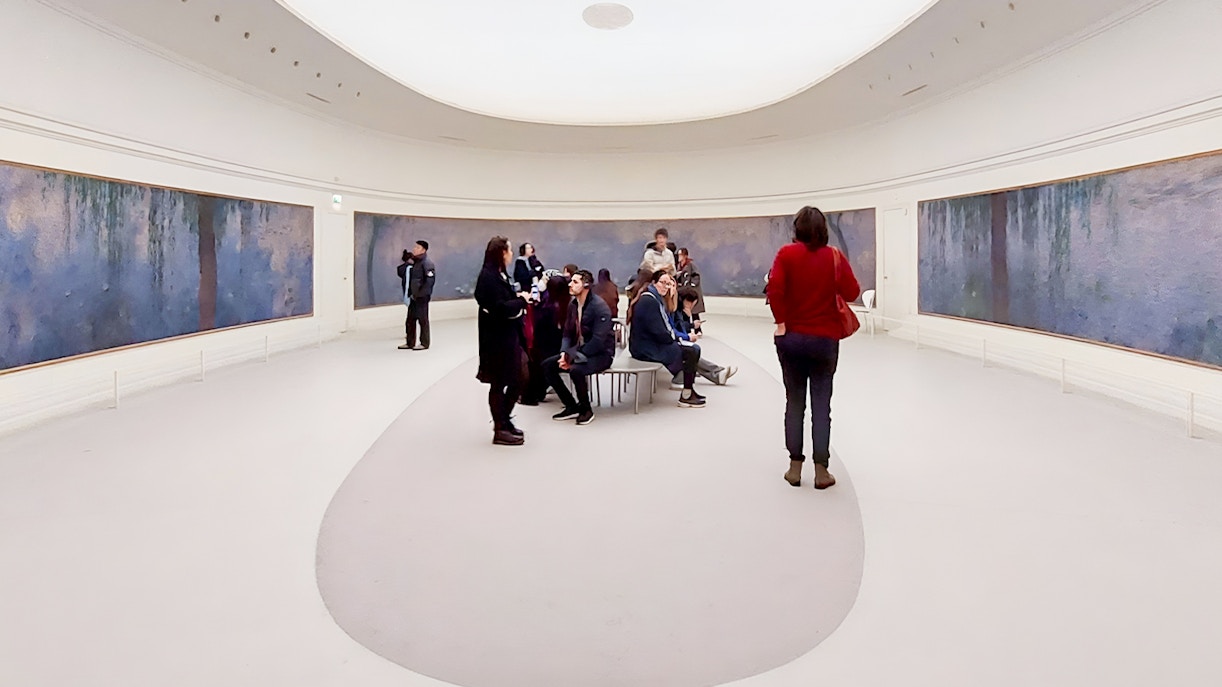🎨 Monet created over 250 paintings in the Water Lilies series, focusing on his garden in Giverny.
Claude Monet's Water Lilies series is a masterpiece of Impressionism, capturing the serene beauty of his garden in Giverny. These large-scale paintings, displayed in the Orangerie Museum in Paris, offer an immersive experience of color and light. Monet's brushwork and use of color create a sense of tranquility and reflection, inviting viewers to lose themselves in the natural world. Entry to view Water Lilies is included with a standard museum ticket.
Orangerie Museum Fast-Track Tickets
Orsay Museum Fast-Track Tickets
Combo (Save 11%): Orsay Museum with Audio Guide + Orangerie Museum Tickets
Combo (Save 4%): Orangerie Museum + Louvre Museum With Audio Guide
Turbopass Paris City Card with Paris Museum Pass: Access to 50+ Attractions
Combo (Save 5%): Seine River & Canal Saint-Martin Cruise + Orsay Museum Tickets


The Water Lilies series envelops viewers in a serene world of color and light.
Monet's brushwork creates a sense of movement and reflection on the water's surface.
The use of color and light captures the changing atmosphere and reflections in the pond.
The series represents Monet's exploration of abstraction and his connection to nature.
The paintings' scale and color palette create an immersive experience, enhanced by natural light.
Guided tours: Opt for a guided tour to gain insights into Monet's techniques and artistic vision.
Viewing angles: Stand at different distances to appreciate the scale and detail of the paintings.
Photography tips: Photography is allowed; capture the paintings with natural light for the best effect.
Best time to visit: Early morning or late afternoon for softer lighting and fewer crowds.
Allocate time: Spend at least 30 minutes exploring the Water Lilies rooms to fully appreciate the series.
Yes, it is included with a standard museum ticket.
They are displayed in specially designed rooms at the Orangerie Museum.
Yes, photography is allowed.
Monet intentionally left out people to create a sense of tranquility, timelessness, and immersion. The viewer becomes the presence in the landscape—surrounded, not observed.
Yes, and it adds a whole new layer of meaning. He developed cataracts, which altered his color perception. Some of the later Water Lilies works are darker, moodier, and blurrier—reflecting both his vision and emotions.